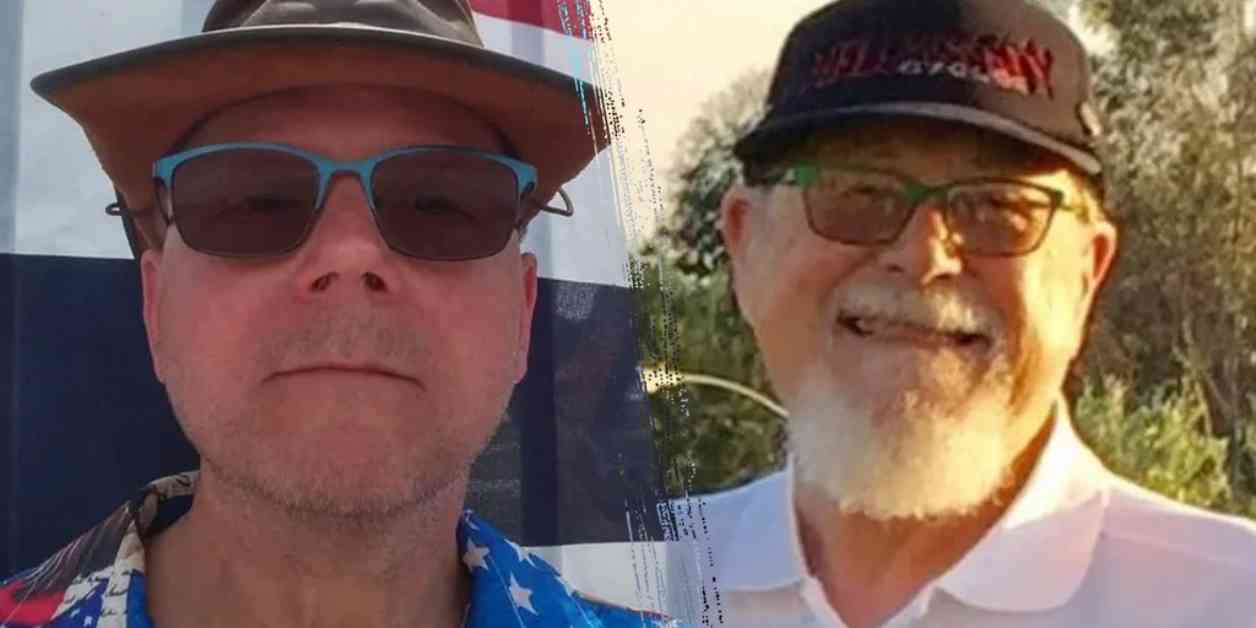James Copenhaver, 74, and David Dutch, 57, were the two survivors of the assassination attempt on former President Trump during a rally in Butler, Pennsylvania. In an interview with NBC News, they expressed their frustration and anger towards the Secret Service for failing to provide adequate security.
Dutch, who served in the military and survived a war unscathed, was outraged that he was shot at during a rally. He emphasized that his anger was directed towards the security measures in place during the event. On the other hand, Copenhaver, who now walks with a cane due to his injuries, vividly recalled the moment he realized he was shot.
Both men sustained injuries from the gunfire, with Copenhaver being shot twice and Dutch suffering from a split liver. The assassination attempt has raised concerns about the effectiveness of the Secret Service in detecting and preventing such threats. This scrutiny intensified after another lone gunman attempted to assassinate Trump at a golf course in Florida.
Dutch and Copenhaver criticized the Secret Service for what they perceived as a rushed and inadequate security arrangement at the rally. They believed that essential steps were skipped, leading to the tragic incident. The recent arrest of a man on gun charges outside Trump’s rally in California further fueled speculation about the safety of the former president.
Despite the alarming nature of these events, the man arrested in California was released on bail, and no federal charges have been filed. The U.S. Secret Service has yet to respond to the survivors’ accusations. The ongoing concerns regarding the security of political figures highlight the need for comprehensive safety measures in public events.
In light of these incidents, it is essential for law enforcement agencies and security personnel to prioritize the protection of individuals in high-risk situations. The survivors’ testimonies shed light on the challenges and vulnerabilities faced by public figures, emphasizing the importance of thorough security protocols and measures. As investigations continue, the focus remains on preventing future threats and ensuring the safety of all individuals involved in public events.




